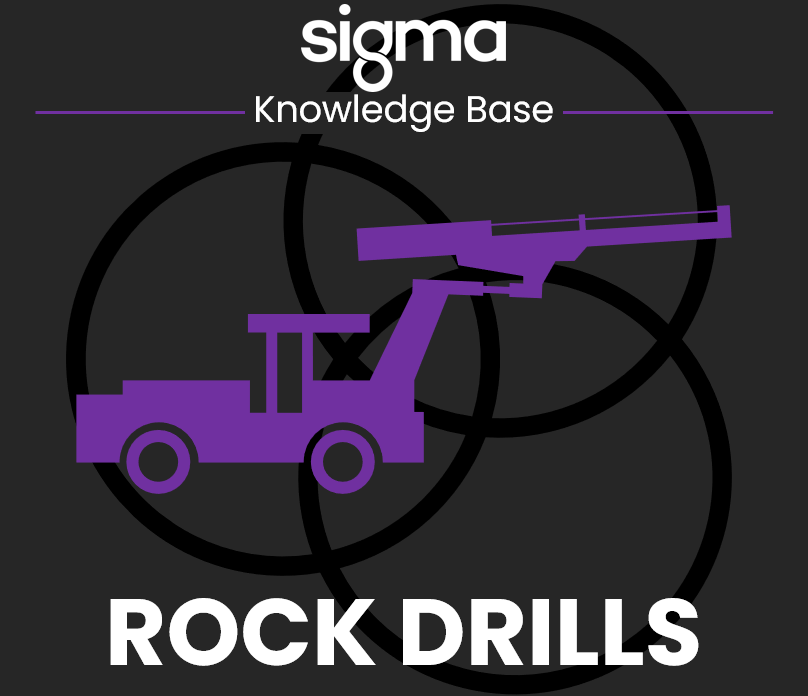
Introduction:
In the world of construction, mining, and geological exploration, few tools are as integral and powerful as rock drills. These robust machines have played a pivotal role in shaping the landscapes we inhabit and extracting valuable resources from the Earth's crust. In this blog, we'll take a closer look at the evolution of rock drills, their diverse applications, and the technological advancements that have propelled them into the forefront of modern industry.
The Evolution of Rock Drills:
Rock drilling has come a long way since the earliest manual methods. Early pioneers used hand-held tools like picks and hammers to break through rock surfaces, a labor-intensive and time-consuming process. The need for more efficient methods led to the development of steam-powered drills in the 19th century, significantly improving drilling speed and accuracy.
As the industrial revolution progressed, the invention of the pneumatic drill marked a significant leap forward. Powered by compressed air, these drills were lighter and more portable, making them suitable for a wider range of applications. The advent of electric and hydraulic rock drills further refined the technology, offering increased power, precision, and adaptability.
Modern Rock Drill Technologies:
Today, rock drills come in various types and sizes, each designed to meet specific industry needs. Some common types include:
1. Pneumatic Rock Drills: These drills use compressed air to power the drill mechanism. They are popular in construction and mining due to their portability and versatility.
2. Hydraulic Rock Drills: Powered by hydraulic systems, these drills are known for their high power and efficiency. They are often used in large-scale mining and tunnelling projects.
3. Electric Rock Drills: Ideal for indoor applications or areas with access to power sources, electric rock drills are quieter and emit fewer emissions compared to other types.
Applications of Rock Drills:
1. Mining: Rock drills are indispensable in mining operations for excavating minerals and ores. They are used to create blast holes for explosives or to extract materials directly.
2. Construction: In construction projects, rock drills are employed for tasks such as foundation drilling, tunneling, and creating holes for anchors and supports.
3. Geotechnical Exploration: Rock drills play a crucial role in geological exploration, allowing scientists and researchers to collect core samples from the Earth's crust for analysis.
4. Road Construction: For road building projects, rock drills are used to break through hard surfaces and create holes for various purposes, including the installation of road signs and guardrails.
Challenges and Innovations:
Despite their efficiency, rock drilling poses challenges such as dust generation, noise pollution, and environmental impact. Innovations in drill bit design, dust control systems, and noise reduction technologies have addressed some of these concerns, making rock drilling more sustainable and environmentally friendly.
Conclusion:
Rock drills have evolved from manual tools to sophisticated machines, shaping the way we extract resources and build our world. As technology continues to advance, the future holds exciting possibilities for even more efficient and sustainable rock drilling solutions, further propelling these indispensable tools into the forefront of modern industry.
Contact us!
T: +44 (0) 1642 206100
E: sales@sigmaplantfinder.com
Disclaimer: This blog post contains content generated by an artificial intelligence (AI) model. While we have made efforts to ensure the accuracy and quality of the information provided, it is important to note that AI-generated content may not always be error-free or fully aligned with current standards, regulations, or the latest research. We recommend using this information as a starting point for your research and analysis, but we strongly encourage you to verify the facts, consult experts, and cross-reference the content with trusted sources before making any decisions or drawing conclusions based on the information presented in this blog post. The views and opinions expressed in this content are not necessarily those of the blog's author or publisher, and we cannot be held responsible for any consequences that may arise from its use.
